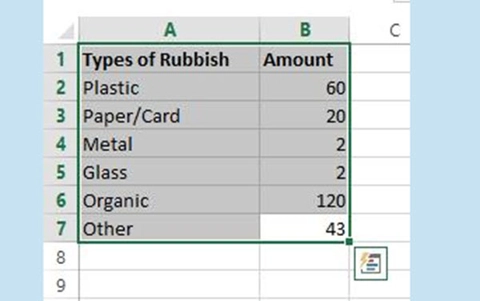Rubbish recording and reduction: Part 1
In this lesson sequence students survey and collect data concerning what is brought to school each day and subsequently becomes rubbish. They then use Excel to present that data in a variety of different ways.
Additional details
| Year band(s) | 3-4 |
|---|---|
| Content type | Lesson ideas |
| Format | Web page |
| Core and overarching concepts | Data acquisition, Abstraction |
| Australian Curriculum Digital Technologies code(s) |
AC9TDI4K03
Recognise different types of data and explore how the same data can be represented differently depending on the purpose
AC9TDI4P05
Discuss how existing and student solutions satisfy the design criteria and user stories
AC9TDI4P06
Use the core features of common digital tools to create, locate and communicate content, following agreed conventions
AC9TDI4P07
Use the core features of common digital tools to share content, plan tasks, and collaborate, following agreed behaviours, supported by trusted adults |
| Keywords | Graphs, Excel, Spreadsheets, Data collection, Environment, Sustainability |
| Integrated, cross-curriculum, special needs | Science, Mathematics, Digital Literacy |
| Organisation | ESA |
| Copyright | Creative Commons Attribution 4.0, unless otherwise indicated. |
Related resources
-
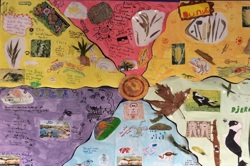
Classroom ideas F-10: Aboriginal and Torres Strait Islander connections to Digital Technologies
This resource provides examples of ways Aboriginal and Torres Strait Islander Histories and Cultures can be integrated into Digital Technologies. Examples include 'classification and sorting data' and 'designing solutions'.
-
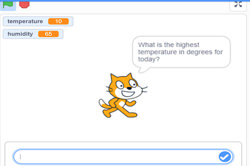
Visual programming with Scratch (Years 3-6)
This resource comprises a collection of sample activities that incorporate visual programming (Scratch) into teaching and learning programs.
-
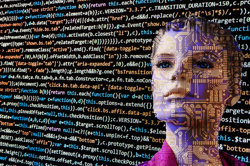
Robots, data and computational thinking (Years 2-4)
This classroom resource comprises four worksheets to accompany a lesson on data and computational thinking. These materials are designed for teachers to use simple line-following robots (Ozobots) to engage students in the computational thinking process and working with data.
-
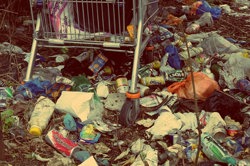
Collecting data about litter in the community (Years 3-4)
The litter students find in the local environment can provide a good source of data. The interpretation of this data can help students answer a range of inquiry questions.
-

Water Water everywhere!
In this lesson, students are presented with the challenging problem of measuring a volume of water using containers that are not the exact measurement size.
-
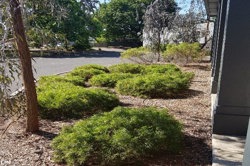
Schoolyard biodiversity detectives
Collect data on the biodiversity in garden beds around your school to measure the biodiversity (that is the different types of plants and animals).
-
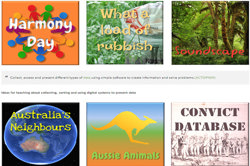
Data in 3-4
Ideas for teaching about patterns in data, representing data as pictures, symbols and diagrams as well as ideas for teaching about collecting, sorting and using digital systems to present data.
-
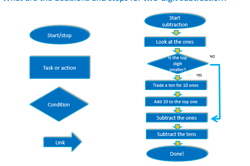
Have fun with flowcharts
Create a flowchart to represent a sequence of (branching) steps and decisions needed to solve a mathematical problem.
